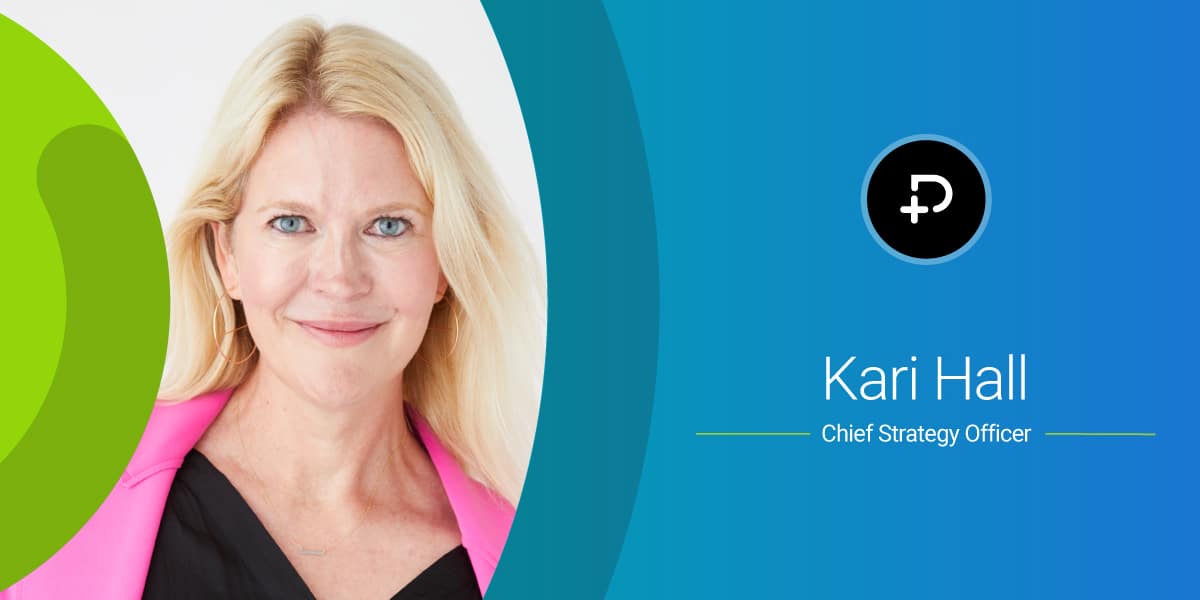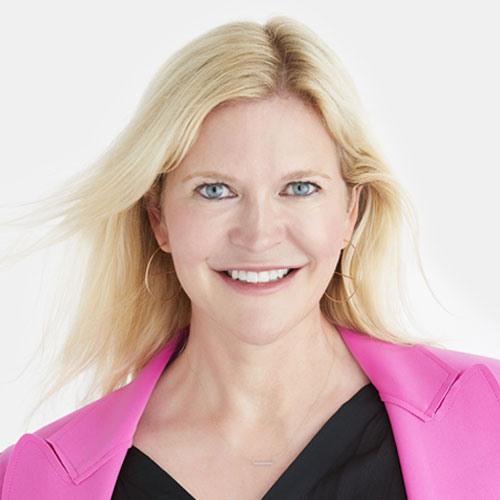
Women in Healthcare Leadership
 4 min
4 min
Gender diversity in healthcare continues to be a trending topic in the healthcare industry. Looking at the statistics can be staggering – while women represent about 80% of entry-level frontline workers in the industry, that representation decreases significantly to about 30% of roles within the C-suite for provider organizations.
As a mother of three young girls, I am deeply committed to promoting gender diversity in the workplace. I want my daughters to grow up in a world where their gender does not limit their opportunities, and where they can achieve their full potential. Further, as the Chief Strategy Officer at PointClickCare with a long career in healthcare, I’ve seen firsthand how this discrepancy affects both women and business, and I’m determined to play a role in changing this narrative.
I believe that by working together and supporting one another, we can make this vision a reality.
Remaining obstacles for women in healthcare
While we’ve certainly made progress in the workforce over the last decade, women continue to encounter significant obstacles to advancement – particularly for senior positions, where they remain underrepresented. In healthcare, research shows that the biggest obstacle to women’s progression comes when making the leap from manager to senior manager, where female representation falls by 10 percentage points overall.
And the challenges that women as a whole face are magnified for women of color. Across healthcare, the share of white women in entry-level positions starts at 46% and gradually declines to 25% at the C-suite. Women of color account for only 20% of entry-level representation, however, and by the time they reach the C-suite, their share has dropped to just 5%. This lack of representation can have a far-reaching impact: fewer executives who are women of color translate into fewer role models for women just starting their careers. I’d be remiss if I didn’t acknowledge my own privilege having entered and grown within the field as a white woman – and put that privilege to use in advocating for changes that can improve these statistics.
Benefits of greater gender diversity within leadership
The C-suite sets the tone for an organization, especially as champions of diversity initiatives and company values. Creating a culture that promotes gender equality begins with leaders embodying that goal, uncovering the “why” that might be making that goal difficult to achieve, and then getting crystal clear on next steps for creating a truly inclusive workplace.
In healthcare, specifically, we know that greater diversity throughout an organization can help companies more closely reflect the patients and customers they serve, strengthening the healthcare ecosystem. The implications of a lack of female leadership within healthcare trickles down to wider manifestations of gender representation for the sector, such as putting women at greater health risks. When patient outcomes are being improved for only certain segments of the population due to a lack of representation and the biases that come along with that, our goals fall short.
Further, it’s been proven that companies in the top-quartile for gender diversity on executive teams were 25% more likely to have above-average profitability than companies in the fourth quartile. And organizations with top quartile ethnic and cultural diversity on executive teams outperformed those in the fourth quartile by 36% in profitability. More diverse teams are more successful, and this fact rings true across industries.
Where do we go from here?
At PointClickCare, over 43% of our workforce is comprised of women. And while this percentage is a promising start, there’s still more work to be done to ensure equal representation and equal treatment for women, especially as they advance in their careers.
One way that we aim to achieve greater gender diversity is through formal mentoring circles. PointClickCare’s Women’s Mentoring Circles Program, for example, provides a safe and supportive environment for women to learn more about themselves, develop skills, and establish valuable connections. We have one uniting goal: preparing ourselves and our colleagues for future senior leadership roles, where the percentage of female representation tends to drop off significantly.
Women’s History Month is a time to acknowledge and celebrate women’s contributions to society, as well as the perseverance it too often takes for women to have their voices heard in their respective industries.
So, let’s start the conversation. What are some concrete steps we can take to promote greater gender diversity in healthcare? How is your organization supporting women, and what are some opportunities for growth?
March 1, 2023






